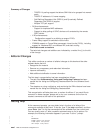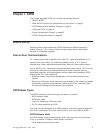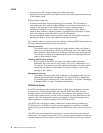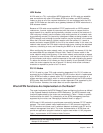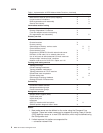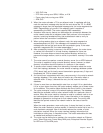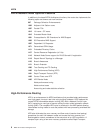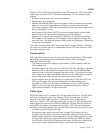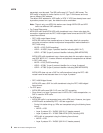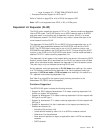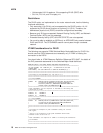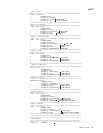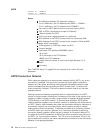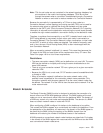
APPN Network Node Optional Features
In addition to the base APPN Architecture functions, the router also implements the
following option set towers and new functions:
087 Garbage Collection Enhancements
1002 Adjacent Link Station name
1007 Parallel TGs
1012 LU name = CP name
1016 Extended Border Node
1061 Prerequisites for SS Extensions for NNS Support
1063 SS Extensions NNS Support
1067 Dependent LU Requester
1071 Generalized ODAI Usage
1101 Preloaded Directory Cache
1107 Central Resource Registration (of LUs)
1116 Network Node Server support for DLUS-Served LU registration
1119 Report Branch Topology to a Manager
1120 Branch Awareness
1121 Branch Extender
1200 Tree Caching and TG Caching
1400 High-Performance Routing (HPR)
1401 Rapid Transport Protocol (RTP)
1402 Control Flows over RTP
1405 HPR Border Node
Node performance tuning
Node service traces
Accounting and node statistics collection
High-Performance Routing
HPR is an enhancement to APPN architecture that provides better performance
over high speed, low error rate links using existing hardware. HPR replaces the
normal APPN intermediate session routing (ISR) with a Network Control Layer
(NCL) containing a new type of source routing function called automatic network
routing (ANR). The complete HPR route is contained in the ANR packet allowing
intermediate routing nodes to route the packets with less processing overhead and
storage.
HPR also eliminates the error recovery and flow control (session-level pacing)
procedures for each link between nodes and moves the error recovery and
flow/congestion control procedures to the end-points of an HPR connection. A
transport layer using a new error recovery procedure called Rapid Transport
APPN
6
MRS V3.2 Protocol Config Ref Vol 2



